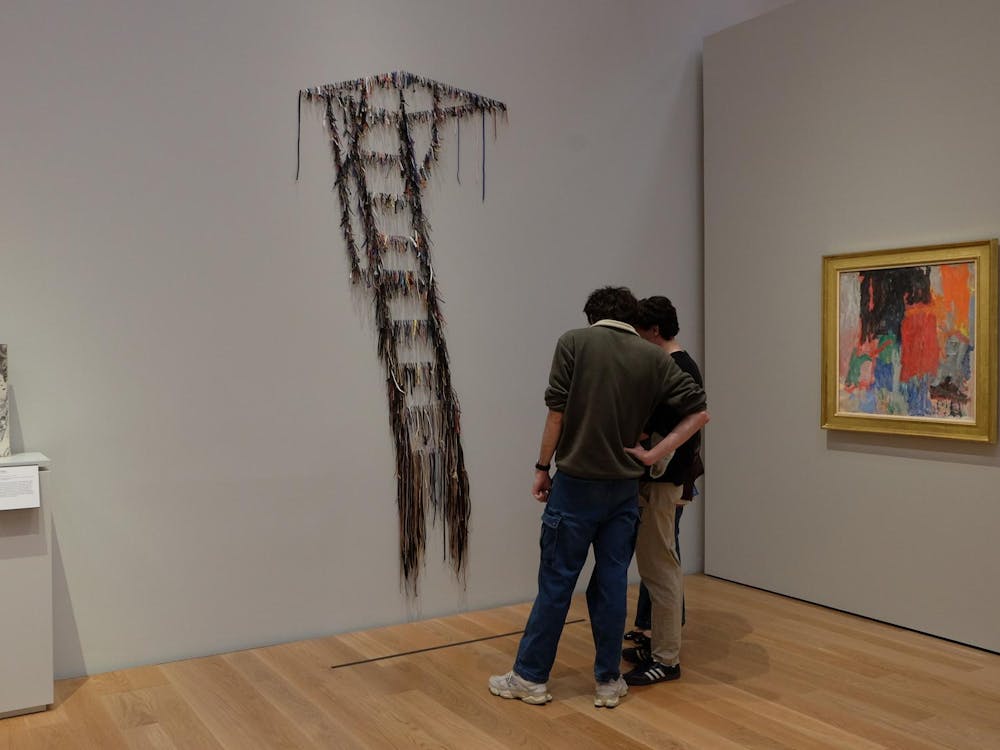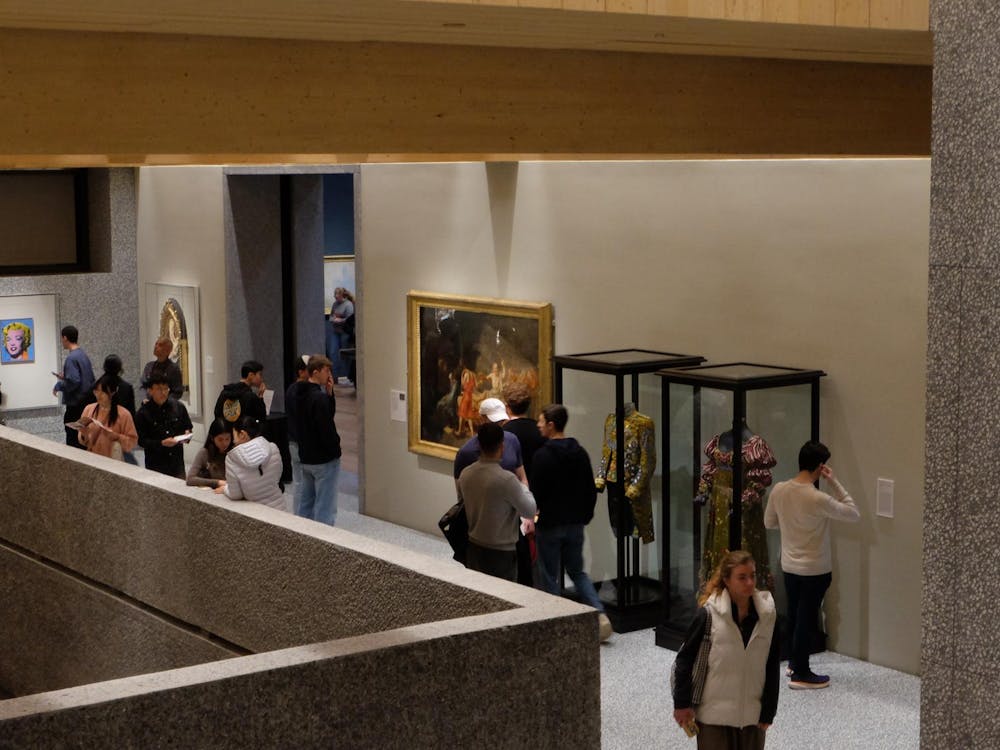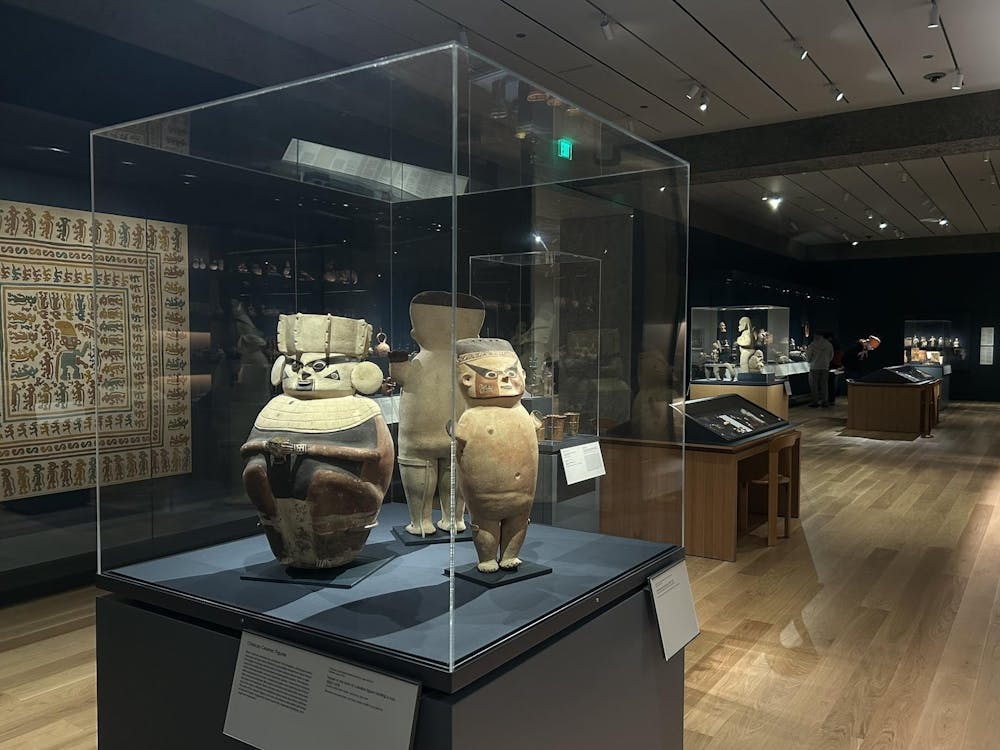A team of University students is gearing up to compete once again in a competition that involves creating and racing high-tech robotic cars.
Sponsored by the Defense Advanced Research Projects Agency (DARPA), a research arm of the Department of Defense, this year's competition — dubbed the DARPA Urban Challenge — is the first to follow the 2005 DARPA Grand Challenge, in which the students also competed. It will take place Nov. 3 in an urban setting, a major change from the desert course used two years ago.
"I think [the project] is really wonderful, and what's most interesting is the amount of underclassmen working on it," said ORFE professor Alain Kornhauser, who has been the project's faculty adviser since the group formed in 2005. "Many of them have contributed substantially to our success, even though the project is so technically difficult."
Improvements in the technology of artificial intelligence will make the competition far more difficult than any other before it.
A December statement from DARPA announced prizes of $2 million, $1 million and $500,000 for the first-, second- and third-place finishers respectively.
"The Urban Challenge will feature fully autonomous ground vehicles conducting simulated military supply missions safely and effectively in a mock urban area," the statement said. "Robotic vehicles will attempt to complete a 60-mile course through traffic in less than six hours operating under their own computer-based control."
"To succeed," the statement continued, "vehicles must obey traffic laws while merging into moving traffic, navigating traffic circles, negotiating busy intersections, and avoiding obstacles."
These guidelines present considerable and uniquely difficult challenges for the contestants. Members of every participating team will have to find ways to write code instructing the car to adhere to stop signs and lane markers, all while interacting with other cars at intersections and in neighboring lanes.
"Given the nature of the urban course, we're making obstacle detection and image processing one of our top priorities right now," said Anand Atreya '07, who is a member of the group working on the car.
"We're experimenting with stereo vision, automotive radar and binocular image techniques to help the car navigate. It's a significantly more difficult challenge this time around." Atreya is a former associate layout editor for The Daily Princetonian.
Kornhauser stated the objective of the competition very simply.
"The main challenge," he said, "is figuring out how to make your car navigate without getting nailed and without nailing others."

The project began two years ago, when a group of Princeton seniors decided to try to qualify for that year's DARPA Grand Challenge. They pitched the idea to Kornhauser and recruited several underclassmen, many of whom are participating this year.
The team qualified for the final competition and performed far better than expected, cementing the program's legitimacy and paving the way for the team's current efforts.
"Overall, it was an amazing experience, drawing on all the things we had learned in our classes to work on such a large-scale project from the beginning to the end," Gordon Franken '08 said when he recounted his first year of participation in the contest. "In hindsight, I think it's amazing that so much was accomplished in a relatively short period of time."
This year's contest may have many far-reaching real-world applications. According to The Economist, politicians and military contractors are heavily invested in the development of autonomous vehicles because they may prove invaluable for future military operations.
Kornhauser said he believes that automated systems, like an autopilot, may soon feature more prominently in cars.
Perhaps the most striking feature of Princeton's participation in this competition is the high level of support from underclassmen that it continues to receive.
As part of the faculty lectures at SEAS during orientation week, several of the students who participated in the 2005 competition presented their experience to the incoming freshmen. There are now about 20 students who regularly work on the car, Franken said.
It's too early to tell if the Princeton team will repeat or surpass its 2005 success, but the students said they are confident and optimistic. They added that they look forward to the upcoming competition.
"We have a very strong team and the experience of last year's challenge behind us," Franken said, "and we're willing to work even harder this year."
"Most importantly," he added, "we're doing it not because we have to but because we want to, and that alone gives us an advantage over most other teams."







